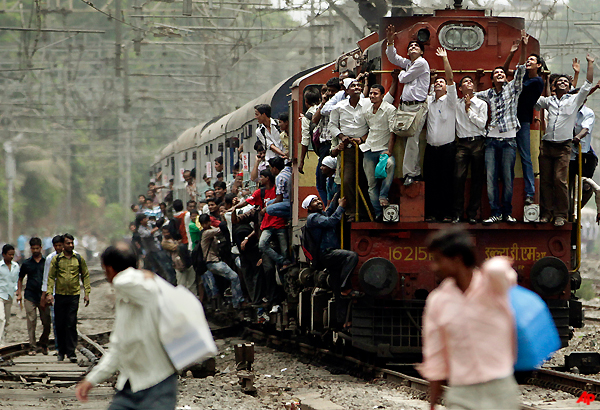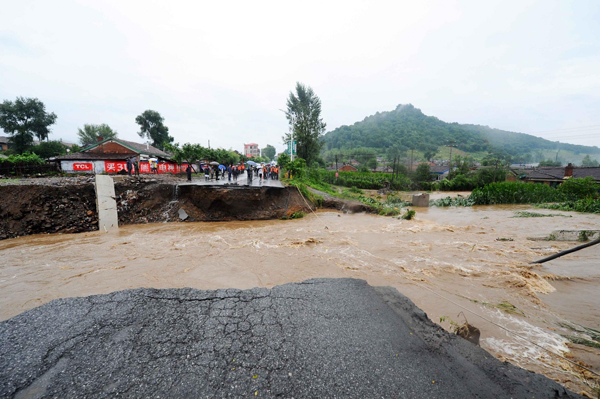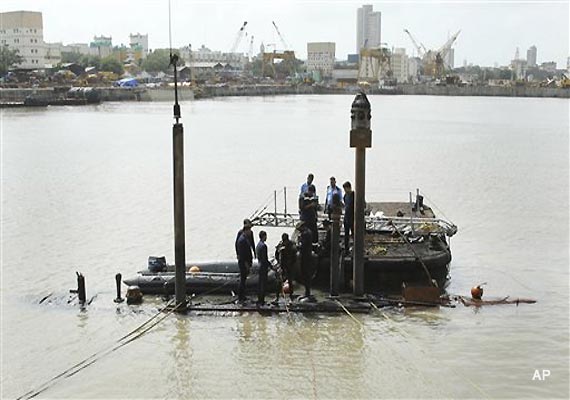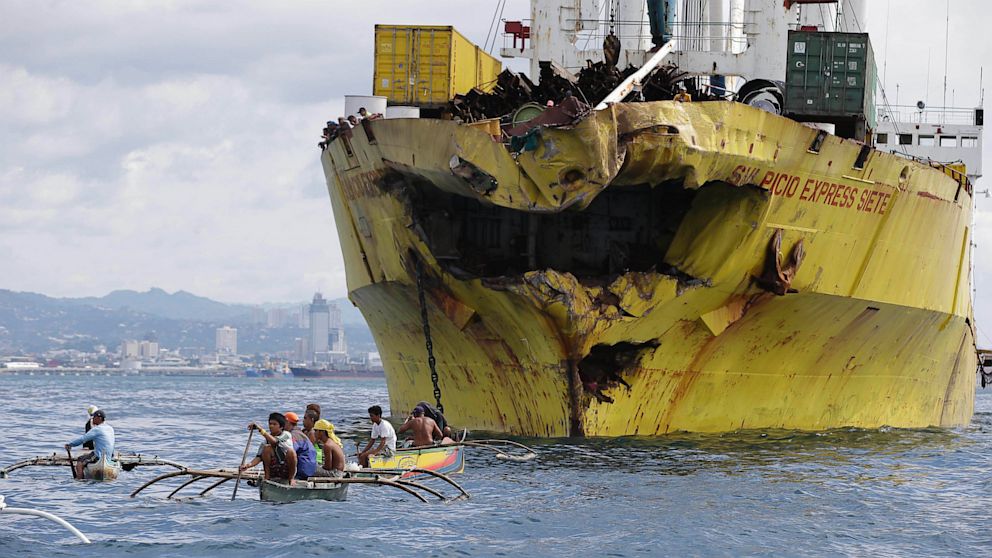
The senior Pentagon analyst in charge of finding Korean War troops missing in action says there is a “better than even” chance that the body of Medal of Honor soldier Father Emil Kapaun will eventually be found buried in a national cemetery in Hawaii.
Finding Kapaun’s remains would be big news, not only to the U.S. military – which awarded him the Medal of Honor in April – but to the Catholic Church, which is deciding whether the Kansas native and Army chaplain will become a saint.
“It would be wonderful,” said Maj. Gen. Donald Rutherford, a Catholic priest who is the chief of chaplains for the U.S. Army. “It would be great, especially as the church is moving toward canonization.”
Friends of Kapaun’s who were prisoners of war say Chinese Army guards buried Kapaun in a shallow unmarked grave after he died of starvation and disease in a North Korean prison camp in May 1951. The assumption since then by the Army has always been that Kapaun’s remains are still there.
But Pentagon analyst Philip O’Brien, an authority on Korean War soldiers missing in action, said he thinks Kapaun’s remains may have been resting since 1954 in the National Memorial Cemetery of the Pacific, the cemetery in Hawaii better known as the “Punchbowl.” Hundreds of unknown soldiers and other veterans from several wars lie there.
“My best belief, a presumptive belief, is that we have a good chance, better than even, of having Father Kapaun in possession right now,” O’Brien said.
Korean War historian William Latham says the fact that O’Brien is saying this on the record is significant.
“When Phil says it’s true, it’s true,” Latham said.
Buried in Korea
Kapaun, a native of Pilsen in Marion County, and other survivors of the 8th Cavalry were overrun and captured in the November 1950 battle of Unsan in North Korea. They were forced to march north to camps picked out for them just south of the Yalu River, on the border with China.
Of the 4,000 Allied prisoners herded into the camp in the village of Pyoktong in late 1950 and early 1951, about 1,600 – including Kapaun – died of starvation, disease and exposure.
Bodies were sometimes stacked up six high outside huts as men died by the dozens overnight. Camp guards gave the prisoners only a handful of grain apiece to eat every day and no water. Prisoners scraped snow off the ground with their fingers to get hydrated.
POW friends of Kapaun’s have told The Eagle for years that they – and sometimes Kapaun himself – helped carry many of the dead across a frozen backwater of the Yalu River to ground on the far side. They buried most of the dead in shallow trenches scratched into frozen rocks and snow there.
They also said some prisoners, including Kapaun, died on the village peninsula in an old pagoda Chinese guards called a “hospital.” The Allied prisoners called it a “death house.”
There, prisoners already near death were deliberately isolated from food and water and left to die. Kapaun’s body was rolled into a single grave near the death house, POWs said.
O’Brien has known these stories for years. He also knew, he said, that when the war ended in a ceasefire in 1953, the Chinese Army dug up about 560 American bodies in and around the hill where the death house stood – and repatriated them home.
One thing the American body recovery teams did, O’Brien said, was unfortunate to future identification. Faced with packages of crumbling bones, they dumped preservative solution on them, not realizing that this would destroy most of what later would be called DNA evidence, which might have helped to identify remains.
Since then, O’Brien’s office has collaborated with military scientists who have meticulously examined bodies a few at a time, slowly identifying which bodies belonged to which long-missing prisoners of war. So most of the “unknown” bodies from Pyoktong “have been identified and been sent, and accepted, by their families,” O’Brien said.
O’Brien said they are down to “55-odd” bodies, and he thinks they will more than likely find Kapaun’s among them.
They are not deliberately looking for Kapaun’s body among those graves, any more than they are looking for anyone else, O’Brien said. But he said it has occurred to them that they might be able to narrow the possibilities.
They know most American soldiers from that war were 20 years old and about 5 feet, 9 inches tall. Kapaun was 35 when he died and was about 6 feet tall, according to his family. Forensics experts can often tell the approximate age of a man from bones.
For Kapaun and many other soldiers, they also have dental records and chest X-rays taken during routine Army medical examinations. The X-rays show what their clavicles and vertebrae looked like, which are good forensic evidence for identification, O’Brien said, because those bones have distinctive edges and marks, “not as good as fingerprints,” but pretty good.
Ray Kapaun, reached at his home near Seattle, said the Army long ago obtained DNA material from his father, Eugene, who was Emil Kapaun’s brother. O’Brien said there is some hope that new advances in DNA research might also allow examiners to use DNA to determine identity even though the bones were treated in the preservative solution.
Identifying remains
Latham, the historian whose book “Cold Days in Hell: American POWS in Korea” came out earlier this year, said he has consulted O’Brien for years during his research.
He said O’Brien for nearly 20 years has been a beloved figure among families of the thousands of Korean War missing. They like him because he does relentless detective work and has often been able to tell families of many of the missing what actually happened to their fathers or husbands or grandfathers.
“He’s beloved not only among the children but the grandchildren of many these missing men,” Latham said.
O’Brien and others in his office have spent years interviewing surviving soldiers, including former prisoners of war who knew Kapaun and many other men who died in Camp 5 in Pyoktong.
In April, when President Obama presented the Medal of Honor to Kapaun’s family, O’Brien showed up, not only to witness the ceremony but also to spend two days with POW friends of Kapaun’s who survived and still have memories. He took notes, accepted documents and questioned a few of them about what happened to Kapaun and other servicemen who died in Pyoktong.
O’Brien, 66, a retired Air Force captain, works for the Defense Prisoner of War/Missing Personnel Office, based at the Pentagon. The office coordinates with civilian and military people around the world to find and return the remains of 83,000 missing Americans lost in many wars. They also collect data and stories.
“I have always felt like we owe it to those men we lost to preserve their stories,” O’Brien said.
O’Brien’s office does what often is a difficult job, given the strained relations between the U.S. and North Korea. He and his office try to find bodies and facts concerning the 7,908 American service personnel still listed as missing in action from that war.
His office also coordinates with scientists who exhume and examine bodies in Hawaii of unknown soldiers from the war. Over the past 18 years since he went to work for the Pentagon, O’Brien said, this work has matched identities to more than 200 bodies, which were then sent to their families decades after the war. Hundreds more were identified before O’Brien started work.
Church’s interest
Father John Hotze, the Wichita Diocese priest in charge of the Kapaun sainthood investigation for the Vatican, said finding Kapaun’s remains would be huge news.
The church would step in immediately and coordinate with the family to protect the remains from theft, relic hunters or any other harm, he said.
That’s because the church has historically put more emphasis on venerating saintly relics – such as clothing or bone fragments – than other religions, Hotze said. For example, tiny pieces of Kapaun’s clothes from before he went to Korea have been attached to prayer cards and used in prayer services for the sick.
“The proper use of a relic is to help us honor those people that have lived a virtuous life,” Hotze said. “We ask for their intercession as we pray for our own needs.”
‘A true … hero’
Rutherford, the chief of the Chaplains Corps, said it would be “a great thing” if Kapaun’s remains were ever to be identified. Rutherford gave the invocation and benediction at the White House ceremony when Obama handed the Medal of Honor to Kapaun’s nephew Ray.
Rutherford said he and others are using Kapaun’s story to recruit for and inspire the Chaplain Corps, which he said is in need of priests.
Rutherford said that when he joined the service, there were nearly 200 priests among the 1,600 clergy serving the Army as chaplains. But war has taken a toll.
The work in the war zones can be dangerous; Rutherford himself said he survived several close calls in combat in both Afghanistan and Iraq, including an IED explosion that has left him hard of hearing. The Chaplain Corps is down to about 100 priests now, he said.
“If he’s found, we’d be repatriating a true, proclaimed hero who gave his life for the soldiers and for his nation,” Rutherford said.
Sunday 18 August 2013
http://www.kansas.com/2013/08/17/2948898/pentagon-analyst-who-tracks-down.html








